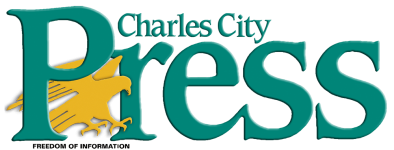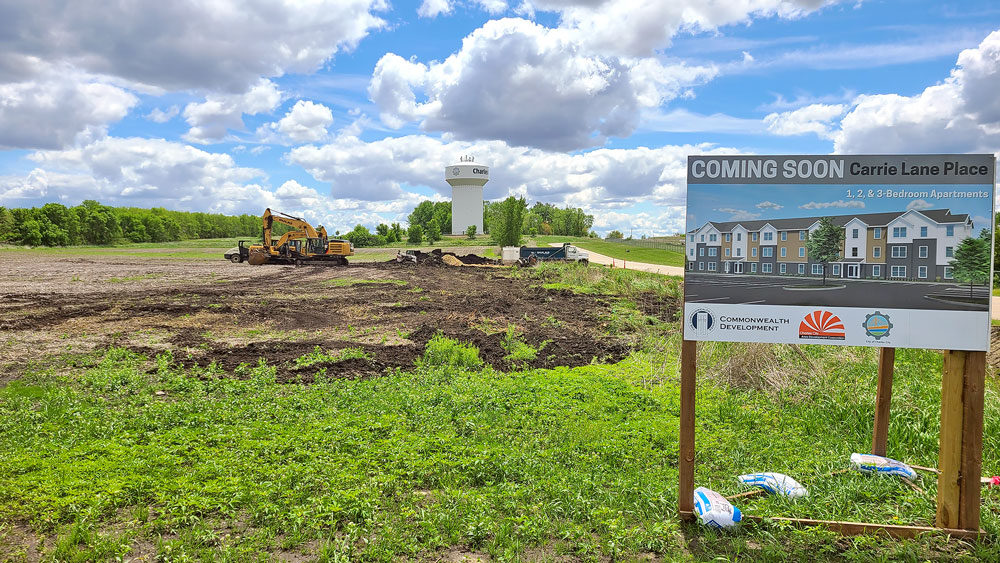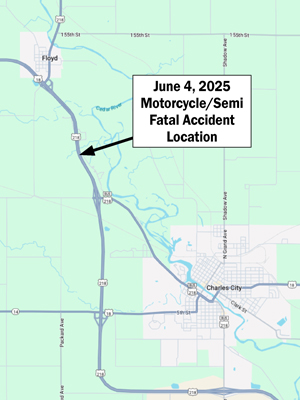TOUGH OLD BIRD: Tailfeathers, spurs and beards help indicate the age of an upland bird
By Amie Johansen amie@charlescitypress.com
It is a source of pride being able to outfox an adult animal while hunting. Young turkeys are more apt to make a mistake and fall for a well placed decoy and nicely timed call. An older turkey, with more experience is less likely to be easily coaxed within range. An experienced hunter will often recount their tale of prowess ending with a speculated age of the turkey or pheasant they harvested.
Without knowing the bird’s birthday, just how is it possible to know the age of their trophy? “(It’s) essentially an educated guess,” Iowa Department of Natural Resources Upland Wildlife Biologist Todd Bogenschutz said.
The most accurate age assessment a hunter can give to a turkey or pheasant is in relationship to when it hatched.
“You can usually tell hatch year, HY, and after hatch year, AHY,” Bogenschutz said.
“Usually with most birds that’s the best they can do. They don’t have teeth where they have age rings.”
The distinction between an HY bird and an AHY bird can be seen in their feathers.
“The feather replacement on the wings can be used as a cue,” Bogenschutz said.
Younger birds and matured birds replace feathers differently, giving them a different appearance.
On a turkey, the beard serves as a good age indication. According to Bogenschutz, the beard of an HY Tom sticks fairly straight out of his chest.
“A turkey shot over a year and a half old, their beards will be much longer and they’ll be bigger,” he said.
Spur length is another way to guess the age of a turkey.
Bogenschutz gave an example.
“A two year old bird’s beard is eight or nine inches and their spur length ¾ of an inch,” he said.
Tailfeathers are an age indicator for a pheasant.
“HY pheasants have tails that are a little shorter,” Bogenschutz said.
Another thing to consider when guessing the age of a turkey or pheasant are statistics. “The life expectancy of a pheasant isn’t very long.
About five percent make it to three years old and 20 percent make it to two years old,” Bogenschutz said. “There is a high turnover in pheasants.”
Turkeys have a slightly longer life expectancy.
“20 percent of the birds are more than a year old and 80 percent are a year old,” Bogenschutz said.
As the year comes to a close it becomes more difficult to rely on the beard, spur and tail feather lengths as age indicators.
“Most of the tests…
work really good in October, pretty good in November but in December and January you’re probably getting hatch year birds that you’re calling adults,” Bogenschutz said.
According to Bogenschutz, shooting an HY bird over an AHY bird does not necessarily affect the reproduction rate.
“There’s no concern (and) you can’t tell that when you call a bird in or flush a bird,” he said. No matter the bird’s age, all driven to reproduce in the spring.









Social Share